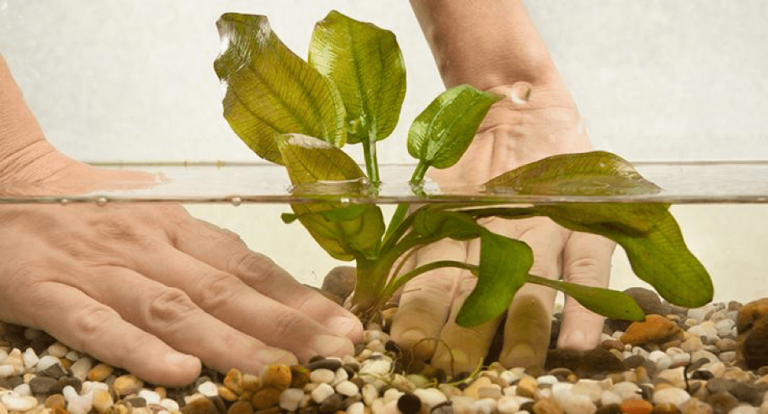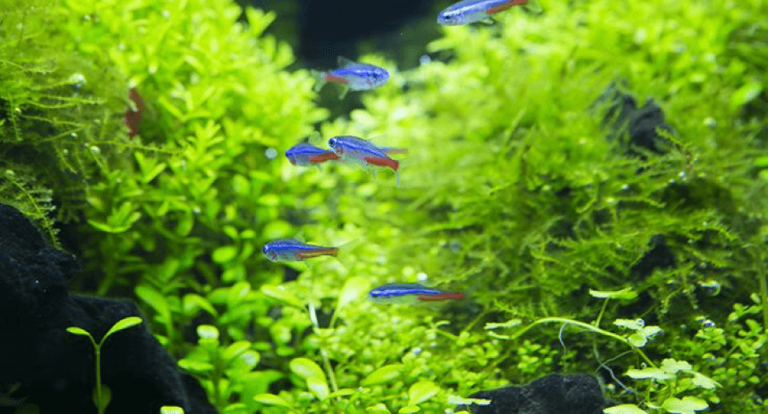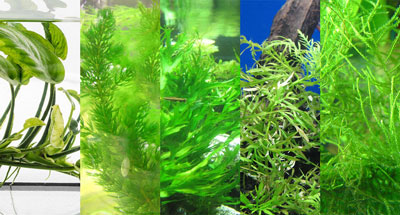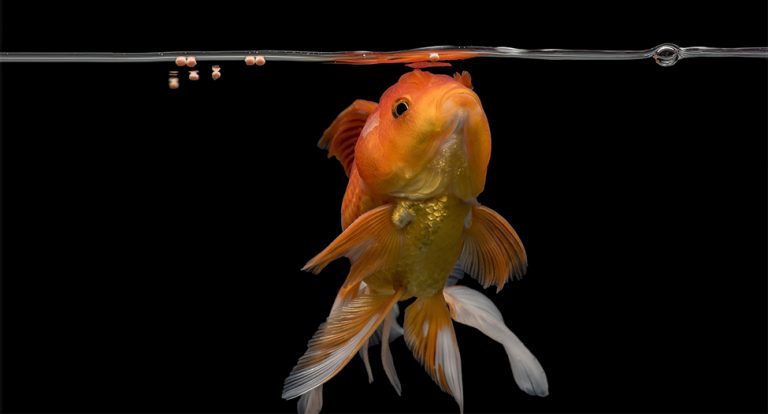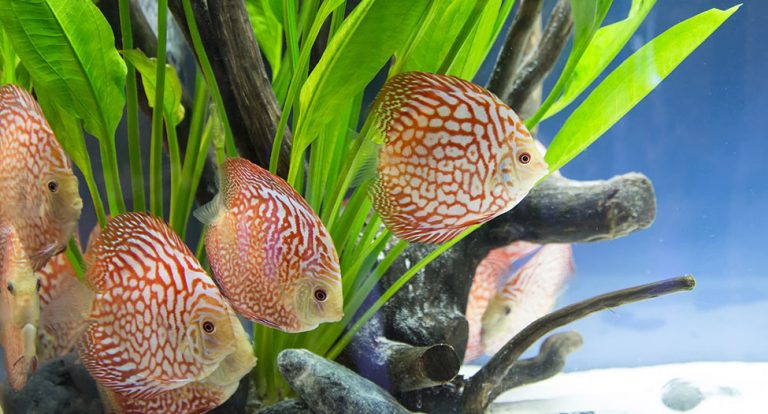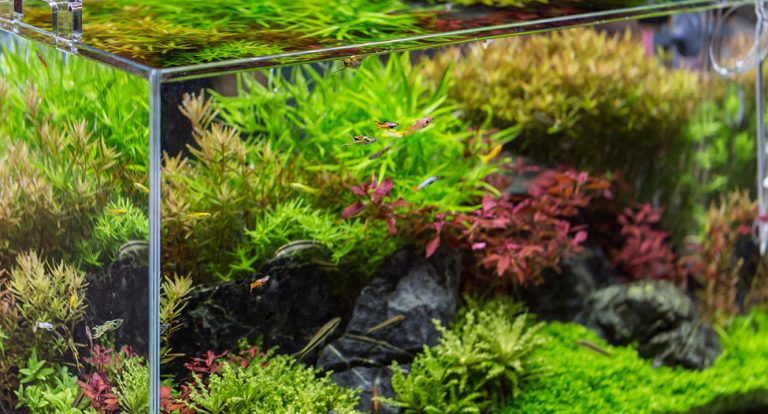Our Beginner’s Guide to Aquascaping
At Complete Aquatic Systems, we know that putting your first aquarium together can be a bit challenging. That’s why we’d like to offer a few tips in this beginner’s guide to aquascaping. With a few basic principles, you can develop a unique look for your aquarium with the help of living plants. Aquascaping is all about enhancing the relationship between your fish and their adopted environment along with incorporating plant life along with hard elements like rocks and driftwood to enhance the look of your aquarium. Ultimately, vivid and visually pleasing aquatic environments find the balance between variety, contrast, and simplicity. With those ideals in mind, here are a few tips for your first aquarium.
Design by Thirds
Aquascaping is ultimately about enhancing your aquarium and developing a look that you enjoy. Aesthetically, we recommend following the rule of thirds to guide your aquascaping project. This basic design principle utilizes the visual tendency to look at certain focal points in a given layout. If you imagine that your aquarium is divided into 9 equally-sized areas, you can place a few key elements in a way that delights your fish and provides a harmonious visual balance.
Creating Balance
Speaking of balance, incorporating at least one large rock or hard element into your aquascaping is a way to fill the vertical space of the aquarium. You can place the rock in such a way that its pinnacle aligns closely with a grid intersection near the top of the aquarium. Adding a few smaller pieces close to a large one also creates scale that’s visually appealing. If you’d like to experiment more with organic aquarium decor, place a chunk of driftwood in the lower section on the opposite side of the tank to balance the rock.
With these two anchor points in place, you can use our guide to aquarium plants to choose a few plants to fill out the remaining space. When you use tall plants, place them towards the back so that they don’t block any views. Additionally, aim for a sense of natural cohesion with your plant selection. Having only a few plants scattered here and there may look bare, however having an overabundance will leave your tank looking cluttered and crowded.
Two Important Features
Any guide to aquascaping will tell you that every underwater environment should have a solid foundation of substrate that your live plants can dig into and expand their roots through.
Specific aquarium plant soil is a good choice because it can give uniformity to your overall look. Keep in mind that substrate should be added into the aquarium before adding any plants, rocks, or water.
In addition to substrate, you’ll also need to consider your lighting. Have a consistent, steady source of direct artificial light that can promote healthy plant growth. However, you shouldn’t leave this light shining constantly as many underwater plants have varying levels of photosensitivity. Give them just enough light to thrive, but not so much at they can’t photosynthesize properly.
More information
At Complete Aquatic Systems, we pride ourselves on providing the resources to cultivate vibrant and exciting underwater environments. Whether you’re an industry leader in the aquascaping sector, or if this guide is your introduction into aquariums, we’re always happy to help in any way we can. If you’d like to learn more about which plants and organic decor will best complement your customers’ aquariums, please get in touch with us through our contact page.


